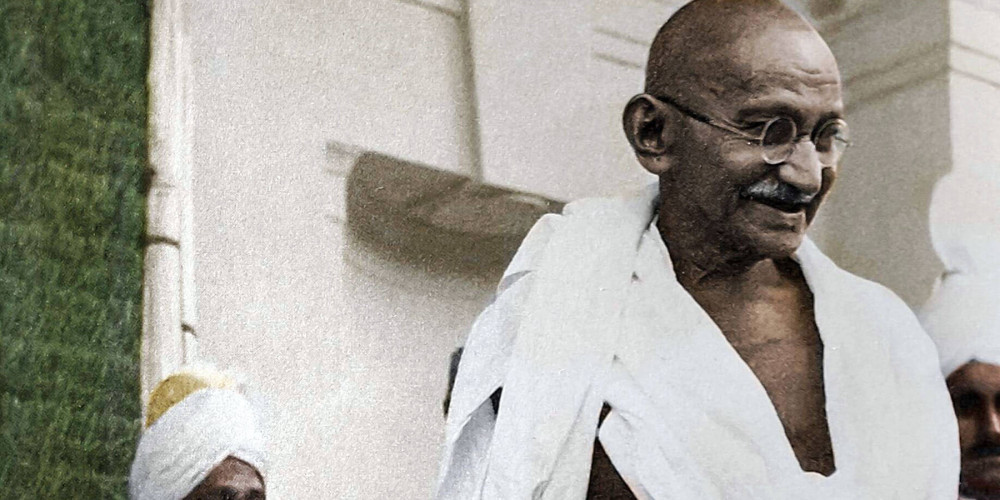KIT Blog
The Christ-like compassion of Mahatma Gandhi
-
 The Leprosy Mission Australia
The Leprosy Mission Australia
- Jan 25, 2016
- India
Gandhi leaving after an interview in Delhi, April 18 1946. Image courtesy of Wikipedia Commons.
The French humanitarian Raoul Follereau selected the date for World Leprosy Day. He wanted to pay homage to the life of Mahatma Gandhi and his death on 30th January 1948.
Gandhi had a lifelong compassion for people affected by leprosy. He had known people affected by leprosy since he was a young child. When Gandhi was in Yeravada prison, he asked the Superintendent whether he could meet Parchure Shastri. Parchure was a person affected by leprosy, imprisoned in the Yeravada leprosarium for political reasons. Although the prison laws forbade them meeting in person, they were able to correspond by letter.
Years later, Parchure would visit Gandhi at his monastery at Sevagram. Gandhi didn’t know whether he should let him stay. At the time there was no cure available and Gandhi was responsible for the many residents at the monastery, including children. But he also wanted to live out the inclusive principles he had developed with the influence of Jesus. At morning prayers, Gandhi shared his dilemna with his peers. They decided they would be willing to accept Parchure Shastri in their community. They built a cottage for Parchure, where Gandhi would nurse his wounds and supervise his diet. He also interested himself in studying the causes of leprosy. After two years, Parchure was sufficiently restored to health and able to assist at marriage ceremonies, at Gandhi’s request.
“Eliminating leprosy is the only work I have not been able to complete in my lifetime.”
—Gandhi
Gandhi continued to nurse and host people affected by leprosy at his home. He had actively embraced inclusive principles and rejected the stigmatisation of leprosy, asking “Why should I call those my brothers if I do not mix with them?” The Christ-like compassion of Gandhi helped others overcome their fear of people with leprosy. Some of them, most notably Baba Amte, even devoted their lives to helping people affected by leprosy.
Gandhi wanted to eliminate leprosy, saying: “Eliminating leprosy is the only work I have not been able to complete in my lifetime.” But by participating in World Leprosy Day we can all move closer to finish this great work. We just need to work together. The world will not see leprosy defeated without your support. It needs you to help raise awareness and erode the stigma of leprosy.
In January 2014, The Leprosy Mission’s ‘Partnerships, Advocacy, Research and Training towards Inclusion’ (PARTI) project in India was launched, because of your support. It works amongst village groups of people affected by disability. These groups advocate for their rights in employment, education, health care and community participation. Thanks to you, the project has directly benefitted more than 3,600 stigmatised people like Parchure Shastri.













